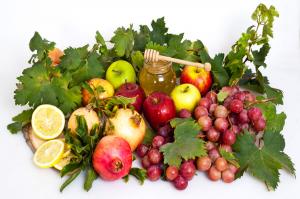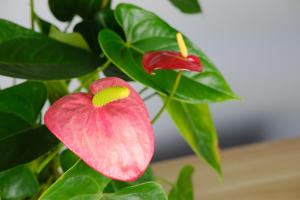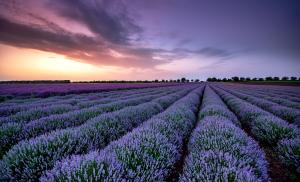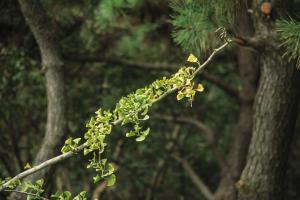Introduction
Squirrels are furry, agile rodents that can be found in forests, parks, and even urban areas. These creatures are known for their acrobatic skills and efficient foraging abilities. They are omnivores, meaning that they eat both plants and animals. In this article, we will focus on what plants and trees squirrels eat and how it impacts their survival.
Acorns
One of the main food sources for squirrels is acorns. Acorns are the nuts that fall from oak trees. Squirrels have a keen sense of smell and can quickly locate these nuts. They use their sharp teeth to crack open the acorn and eat the nutritious kernel inside. Acorns are high in fat, protein, and fiber, which makes them an ideal food source for squirrels. Many species of squirrels rely heavily on acorns in the fall when they are preparing for winter hibernation.
Nuts
In addition to acorns, squirrels also consume a variety of nuts such as walnuts, hazelnuts, and pecans. These nuts are high in fat, which provides the squirrels with the energy they need to survive the winter months. Squirrels are known for their hoarding behavior, and they will often store nuts in different locations to ensure they have a food supply throughout the winter.
Seeds
Another primary food source for squirrels is seeds. Squirrels eat a wide variety of seeds including sunflower seeds, pumpkin seeds, and sesame seeds. Seeds are high in protein and fat, which provides squirrels with essential nutrients. Many species of squirrels also rely on seeds during the spring and summer months when other food sources are scarce.
Bark and Twigs
Squirrels also eat bark and twigs from various trees. They prefer young tender bark, which is easier for them to digest. Bark and twigs provide squirrels with essential vitamins and minerals, which are necessary for their overall health. However, excessive bark stripping can harm trees and negatively impact forest ecosystems.
Fruits and Berries
Squirrels also enjoy eating fruits and berries. They consume a wide variety of fruits including apples, pears, and strawberries. Squirrels are known for their love of berries, and they will eat blackberries, raspberries, and blueberries whenever they are available. Fruits and berries provide squirrels with essential nutrients, such as vitamins and antioxidants.
Conclusion
Squirrels are adaptable animals that can thrive in a variety of environments. They are omnivores and eat a wide variety of plants and animals. In particular, they rely heavily on acorns, nuts, seeds, bark, and fruits for their survival. Understanding what squirrels eat is not only important for their survival, but also for the health of the ecosystems they inhabit. By preserving and protecting the natural habitats of these creatures, we can ensure their survival for generations to come.

 how many times do yo...
how many times do yo... how many planted tre...
how many planted tre... how many pine trees ...
how many pine trees ... how many pecan trees...
how many pecan trees... how many plants comp...
how many plants comp... how many plants can ...
how many plants can ... how many plants and ...
how many plants and ... how many pepper plan...
how many pepper plan...

































